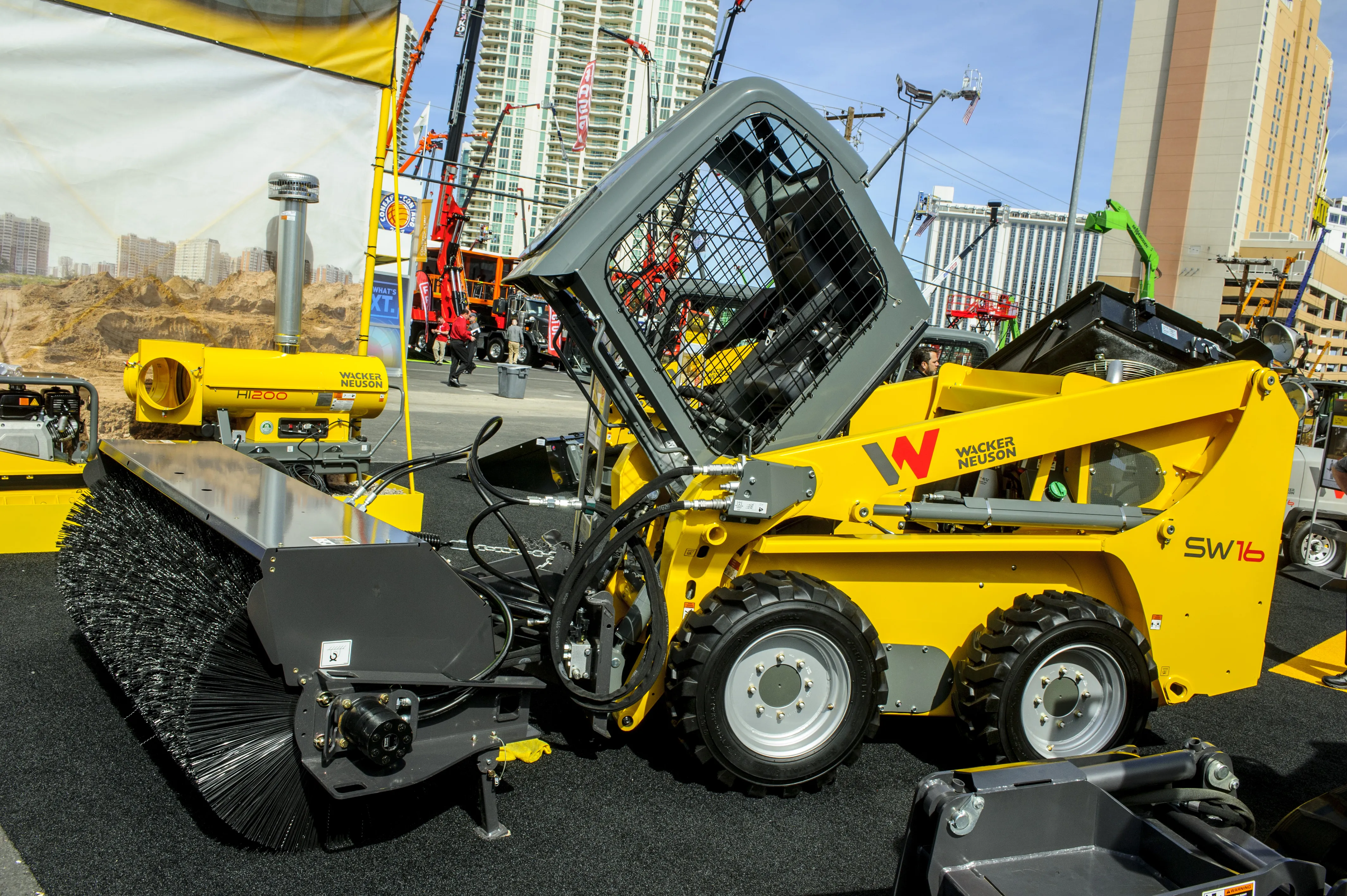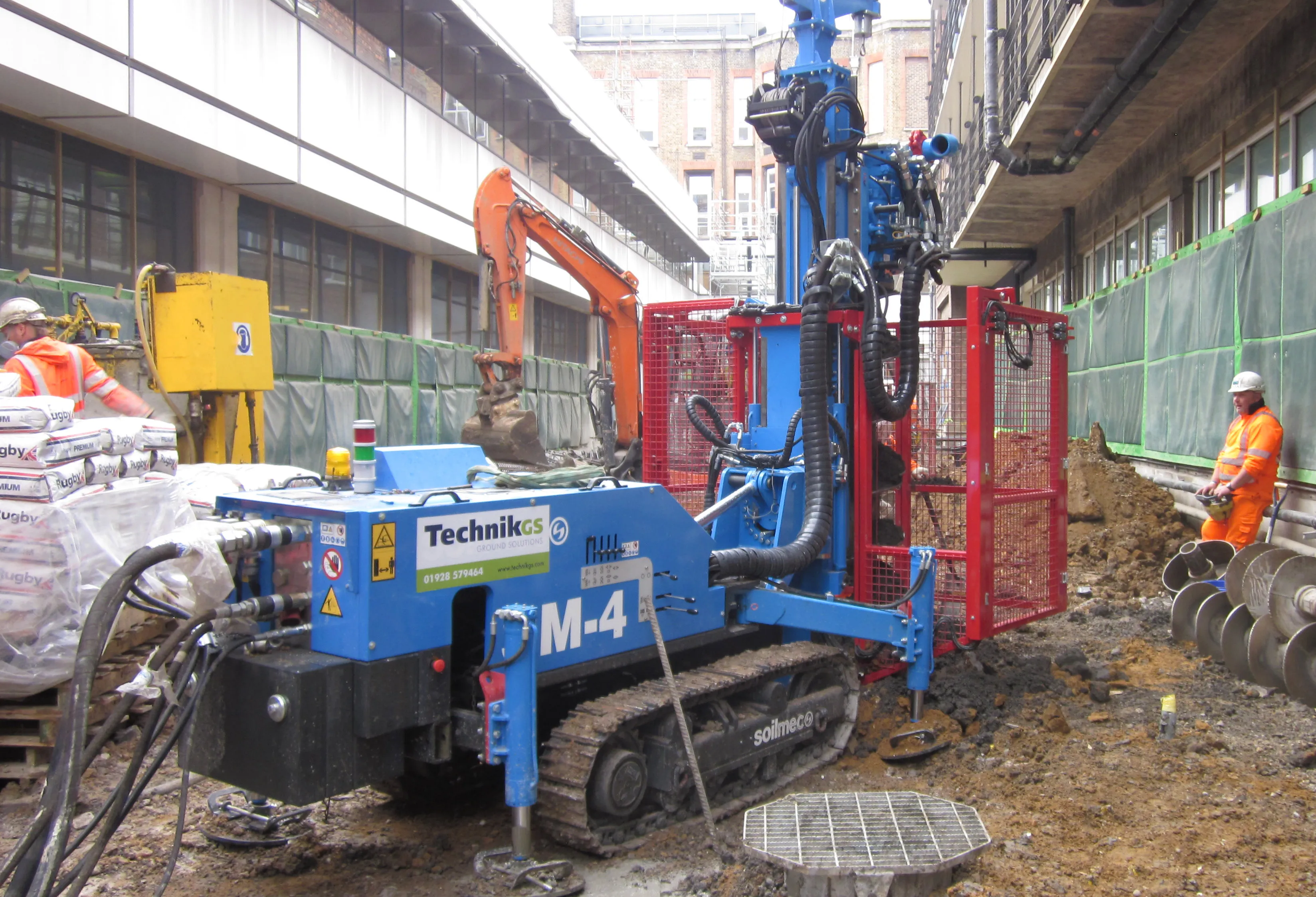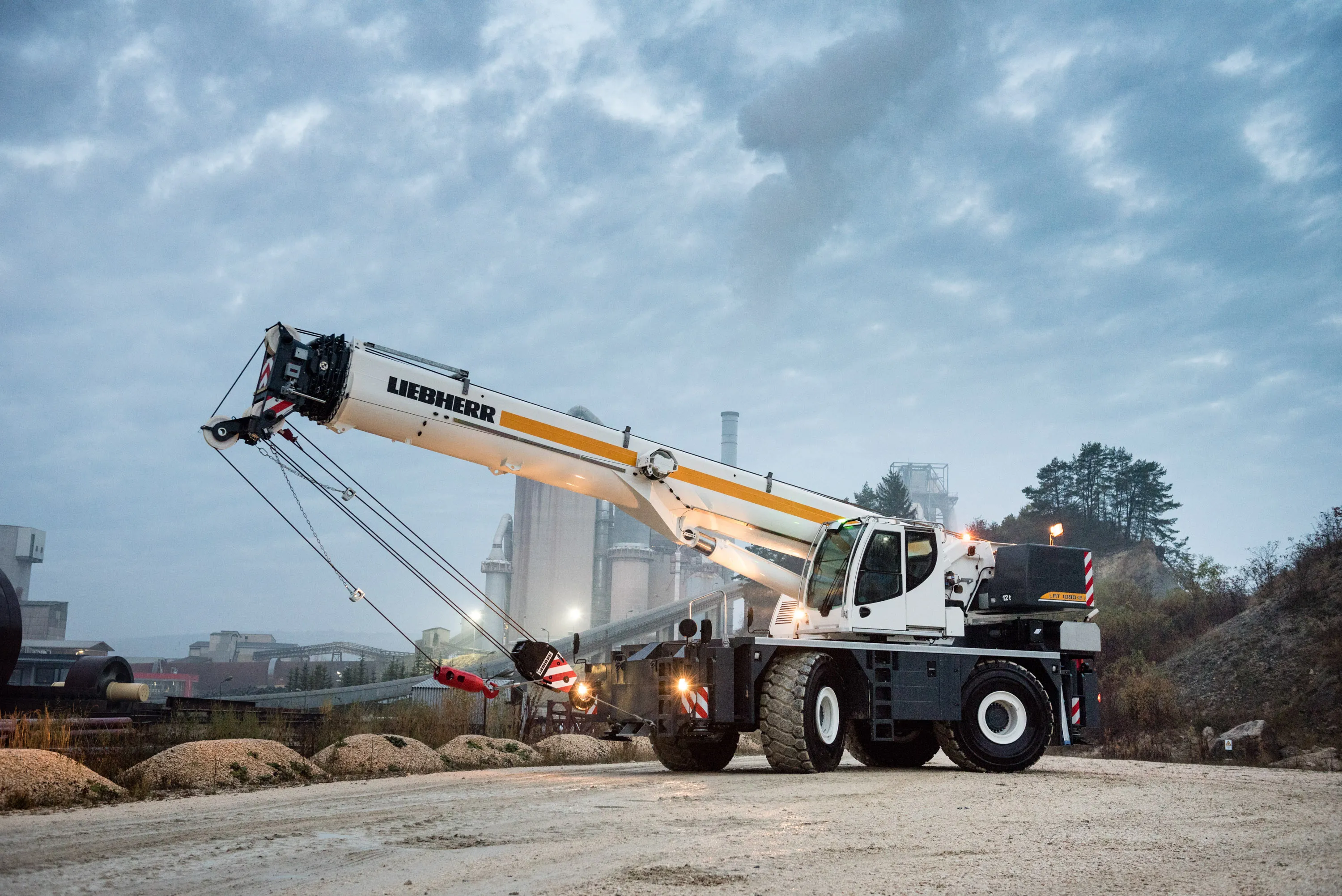
The four new skid steer and two new compact track loaders have hinge pin height on the vertical loaders to provide maximum loading and unloading capabilities. For example, pin height for the SW16 wheel skid steer is 300cm while for the ST31 radial lift track model is nearly 319cm.
An engine torque of 300Nm provides the power needed for improved ground-engaging performance in all kinds of terrain. In addition, the Kohler diesel engine features a maintenance-free, regeneration-free aftertreatment system that eliminates the impact of extreme heat and dispenses with the need for filters.
A universal skid steer attachment plate enables operators to save time when switching out attachments. Hydraulic horsepower is standard and high-flow enables these machines to easily handle high-performance attachments like rakes, movers, tillers and augers. Refuelling is kept to a minimum thanks to a fuel tank of nearly 114litres.
Mechanical hand-foot and selectable electric-hydraulic options - ISO/H-Pattern - ensure operators with a variety of experience can efficiently operate these machines.








